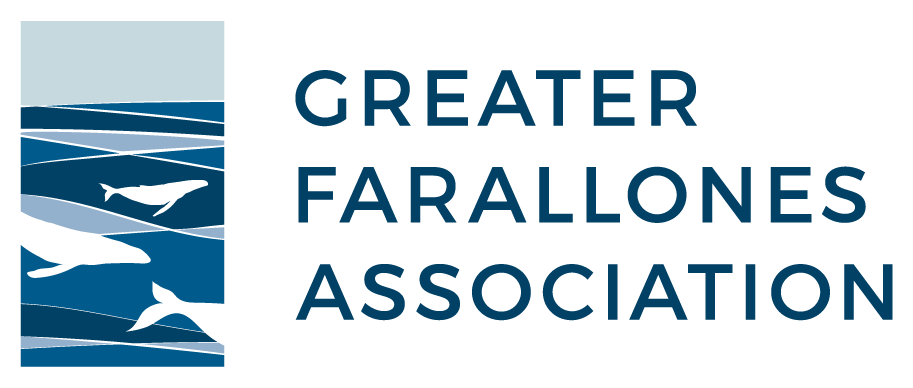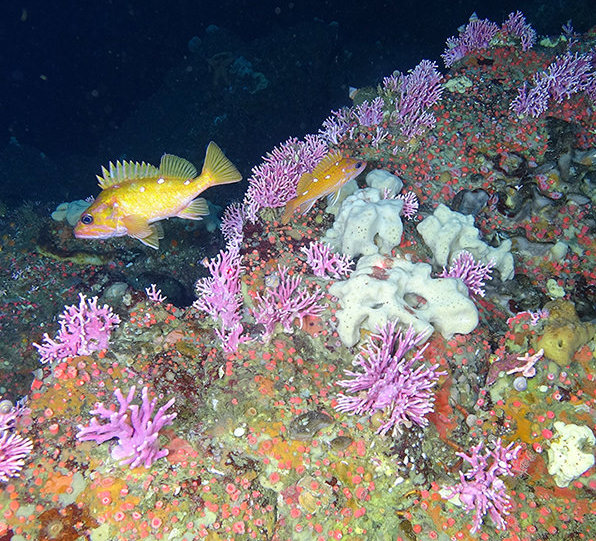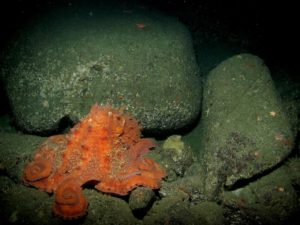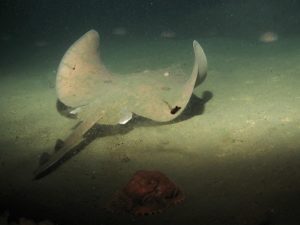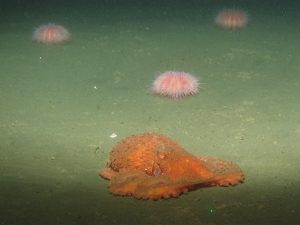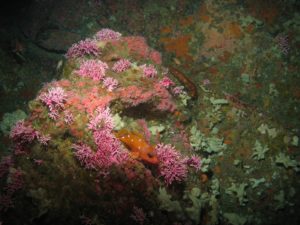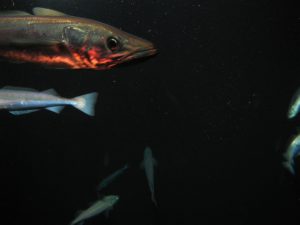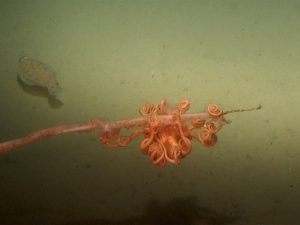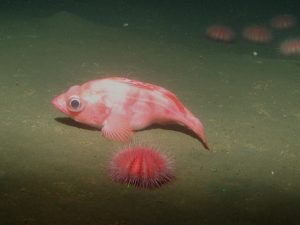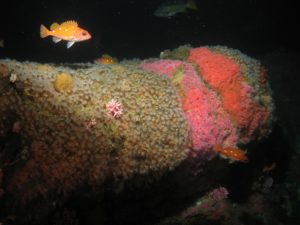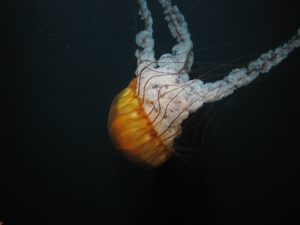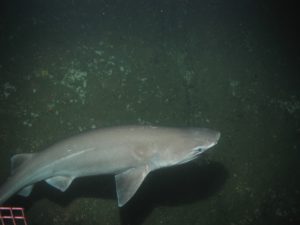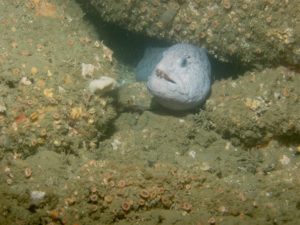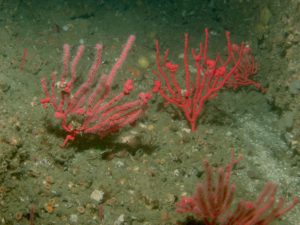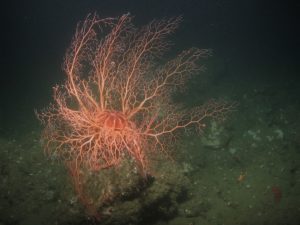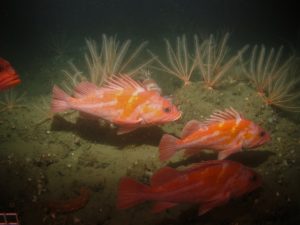Deep sea coral and sponge habitats are some of the most biodiverse in the ocean. The cold, nutrient rich waters at the bottom of the sea support an immense amount of life from fish to sponges to tons of microscopic plankton and bacteria.
Humans rarely if ever get the chance to see this incredible ecosystem. But that doesn’t mean we don’t affect it. With an ever-increasing human impact on the planet and ocean, including the deepest places, there is an increasing need for research, management, and protection of the deep sea. Pollution, changing ocean conditions, fisheries, and resource extraction activities, can negatively impact sensitive deep sea habitat. The more we know about marine life in these areas, the better we can protect it.
Greater Farallones Association provides technical and scientific staff support to deep sea expeditions led by the Office of National Marine Sanctuaries in Greater Farallones, Cordell Bank, and Monterey Bay national marine sanctuaries off the north-central California coast, contributing to the collection of vital data that informs deep sea protection.
